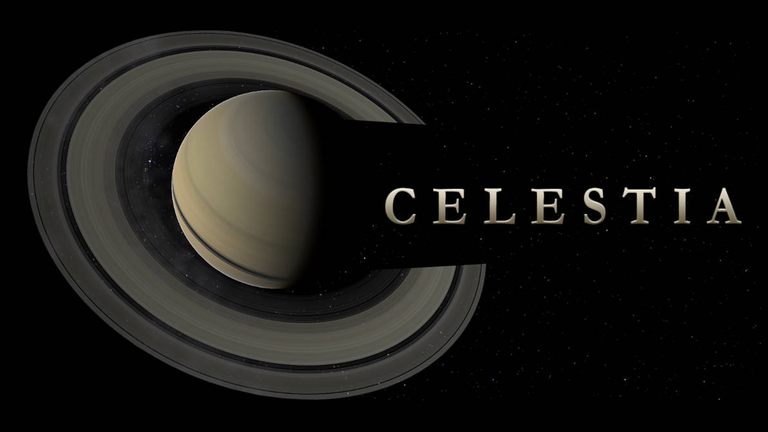
Celestia is a 3D Solar System simulatorthat lets you move around the planets and stars without limits. The program can be run on Windows, GNU/Linux and Mac OS X with a GNU license. You can download it by following this link . It is in English, but don't worry, it is very intuitive. However, it requires a good graphics card, otherwise you will notice a lot of video stuttering.
The program is highly configurable and you can add a multitude of subprograms and maps to suit your taste: celestiamotherlode.net Simply download the add-on or subprogram, open the compressed file and put the content in the Celestia folders. You most likely installed it in C:\Program Files\Celestia Feel free to read the .txt files that come in the compressed files for more information.
Scripts are programs that, when run, take you on a spectacular journey through the Solar System. You must put the .cel programs in the Celestia folder and run them in File/Open script.
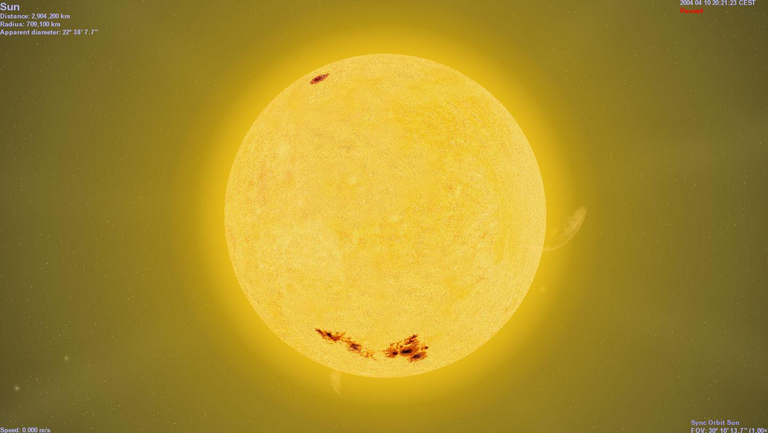
To give you an idea of what Celestia can do, here's just a small sample of what you can do:
Fly over each of the nine planets in our Solar System as they slowly rotate beneath you. Watch the movement of the clouds up close (where possible). Look closely and you can see the mountains, canyons and craters on the planet's surface and the shadows they cast as the Sun hangs low on the horizon.
Take a ride across the Earth's surface slowly or at thousands of miles per hour in your own spaceship. Fly over Earth's oceans as they really look beneath the clouds. Watch the sky turn pale blue and eventually transform into the crimson of a sunset. Soar into space as the lights of Earth's cities begin to come on and glow an eerie white as the dark side of Earth spins beneath you.
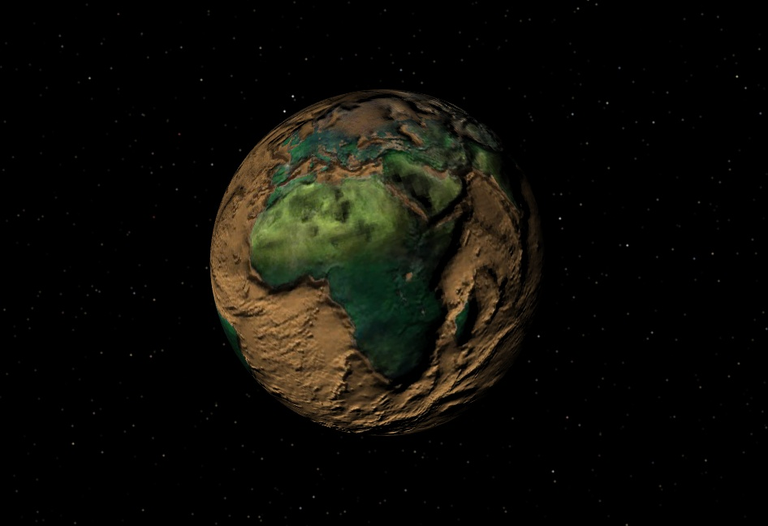
Stand above the gas giant world of Jupiter and watch as its large moons pass in front of the planet, causing eclipses in its streaked clouds near the Great Red Spot.
Fly far beyond Saturn, speed up time and count its many moons orbiting its magnificent ringed body like pearls swirling in an invisible necklace. Also observe how one moon hides another.
Follow the Cassini spacecraft's dramatic encounter with Saturn in 2004. Be there to see the Huygens probe separate from Cassini and fall toward the mysterious Titan in January 2005.
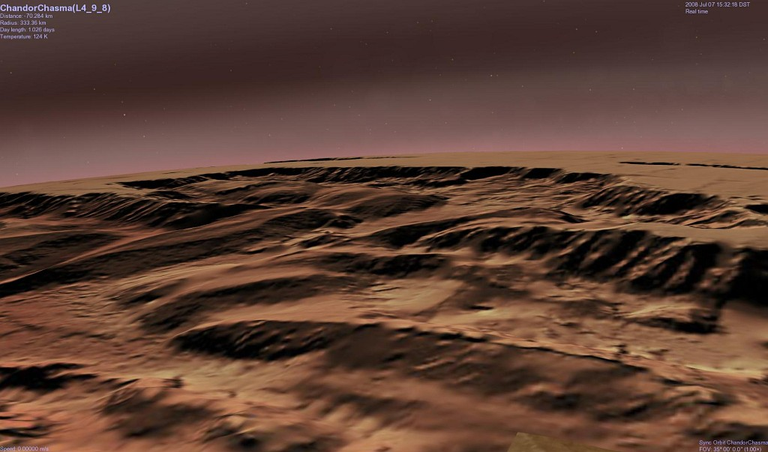
Travel to the frozen land of Pluto and its moon Charon and imagine their icy coldness as the faint sunlight casts pale shadows across their cratered, icy surface.
Chase Halley's Comet, set back Celestia 's clock , and follow this famous comet on its journey through the inner Solar System, sailing past Earth with its gaseous blue tail streaming behind it.
Visit the mysterious new world of Sedna , a lonely comet-asteroid large enough to be considered a dwarf planet, discovered orbiting the Sun beyond Pluto.celestia phobos mars.
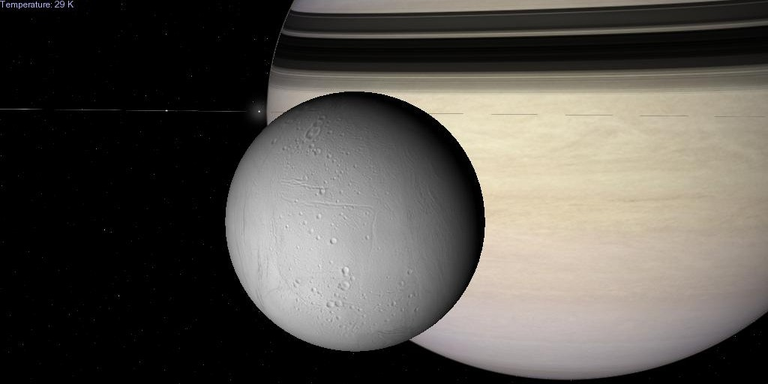
Set the speed of your spacecraft and travel from the surface of the Earth to the International Space Station or the Hubble Space Telescope. Test your skills by meeting them as they orbit the Earth every 90 minutes.
Fly to the very edges of our Solar System, tracking and following Voyager 1 and 2 as they speed ever higher, farther away from their creators on Earth, headed on a one-way journey through the cold darkness of space toward distant stars that will take them millions of years to reach.
Set your craft to faster than the speed of light and fly to Alpha Centauri A and B, 4.3 light-years from Earth. See if you can find its companion, the tiny red dwarf Proxima Centauri, the closest star to our own Sun, or choose to observe sunspots swirling around any of the 2,000,000 computer-drawn stars in the Celestia universe (to see all of those stars, a separate add-on is required).
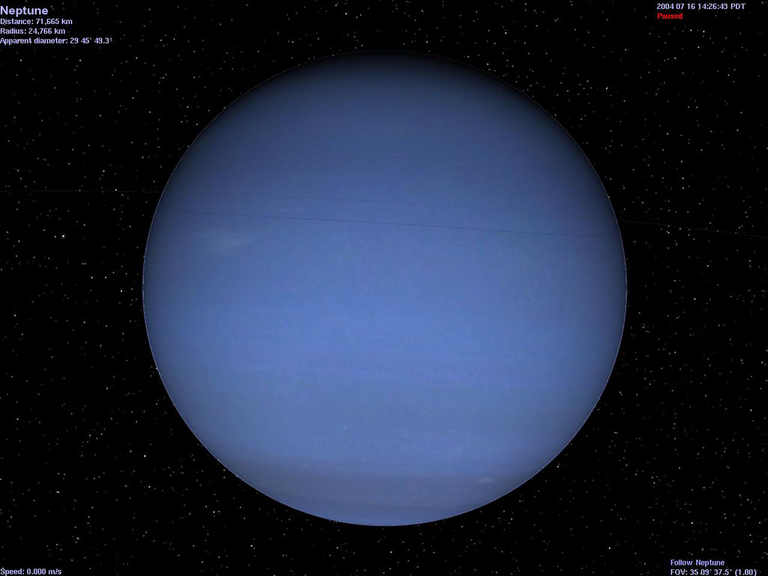 >
>Download any of the many add-ons available for Celestia and your experience will be filled with even more wonder. Visit the Discovery , the spaceship from the movie “2001: A Space Odyssey,” dark, abandoned and adrift somewhere in Jupiter's space with HAL 's computer inside.
Travel to the edges of a massive black hole that spins just like its stellar companion.
Travel into Earth's future and witness the end of our planet as a gigantic, swollen red Sun consumes it.Celestia_jupiter

Witness a pulsar embedded in the depths of the Crab Nebula spinning rapidly as it sends twin jets of light through the nebula's gas.
Travel back in time to witness a recreation of what Earth looked like millions of years ago. Be there when Orpheus, a planet the size of Mars, crashes into Earth, creating our Moon and sending it into orbit within a few thousand miles of Earth.
Travel back to the year 2800 to observe giant mirrors melting Mars' polar ice caps and helping to shape the planet into a verdant world of water, plants and cities of the future.

Drop into the massive rotating Space Station V from the movie, “ 2001 A Space Odyssey ” in the year 2400 and see if you can land your starship “ Celestia 1 ” in its cavernous cargo dock.
Travel into the future and witness a huge “Space Elevator” connected by cable to Earth, thousands of miles below.
Visit exotic, fictional solar systems, complete with orbital mining colonies, space-time portals, and hundreds of planets, moons, and spaceships.

Are you a Star Wars fan? The Celestia community has made an entire Star Wars solar system available for download. Orbit the planet Tatooine and you'll be amazed at the realism of its arid deserts. Travel via hyperjump to the ice world of Hoth or the green world of Endor, but watch out for tractor beams. Somewhere in that solar system will be the gigantic Imperial Death Star, glinting like the light of the yellow Sol system that actually reflects away its evil metallic skin like a massive Destroyer Star, watched over by elite Imperial guards.
Attack an entire fleet of Borg Cubes as you command the US Enterprise E from the StarTrek series.
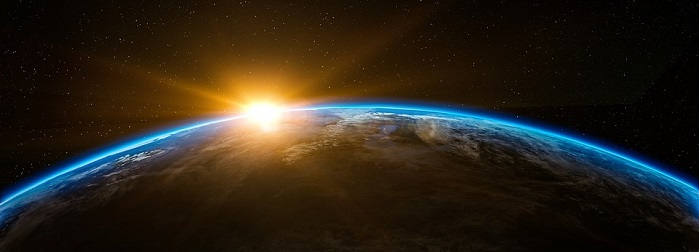
Celestia es un simulador del Sistema Solar en tres dimensiones con el que te podrás mover sin límite entre los planetas y las estrellas. El programa se puede ejecutar en Windows, GNU/Linux y Mac OS X con licencia GNU. Te lo puedes descargar siguiendo este enlace. Está en Inglés, pero no te asustes, es muy intuitivo. Eso sí, requiere una buena tarjeta gráfica, ya que sino, notarás muchos parones de vídeo.
El programa es altamente configurable y se pueden añadir multitud de subprogramas y mapas a gusto de cada cual: celestiamotherlode.net Simplemente te descargas el add-ons o subprograma, abres el archivo comprimido y debes meter el contenido en las carpetas de Celestia. Lo más seguro que lo hayas instalado en C:\Archivos de programa\Celestia No dudes en leer los archivos .txt que vienen en los archivos comprimidos para más información.
Los script son programas que al ejecutarlos realizan un viaje espectacular por el Sistema Solar. Debes meter los programas .cel en la carpeta de Celestia y ejecutarlos File/Open script.

Para que te des cuenta de las posibilidades de Celestia, esto es sólo una pequeña muestra de lo que puedes hacer:
Vuele sobre cada uno de los nueve planetas de nuestro Sistema Solar mientras rotan lentamente bajo usted. Vea el movimiento de las nubes desde bien cerca (donde sea posible). Mire con atención y podrá ver las montañas, los cañones y los cráteres en la superficie del planeta con las sombras que proyectan ellos mismos mientras el Sol se encuentra bajo en el horizonte.
Dese una vuelta por la superficie de la Tierra lentamente o a miles de kilómetros por hora en su propia nave espacial. Vuele sobre los océanos de la Tierra como realmente se ve bajo las nubes. Vea el cielo ponerse de un azul pálido y finalmente, transformarse en el color carmesí de una puesta de Sol. Elévese en el espacio a hora de ver que las luces las ciudades de la Tierra empiezan a encenderse y brillan intensamente con un blanco misterioso mientras que el lado oscuro de la Tierra da vueltas bajo usted.
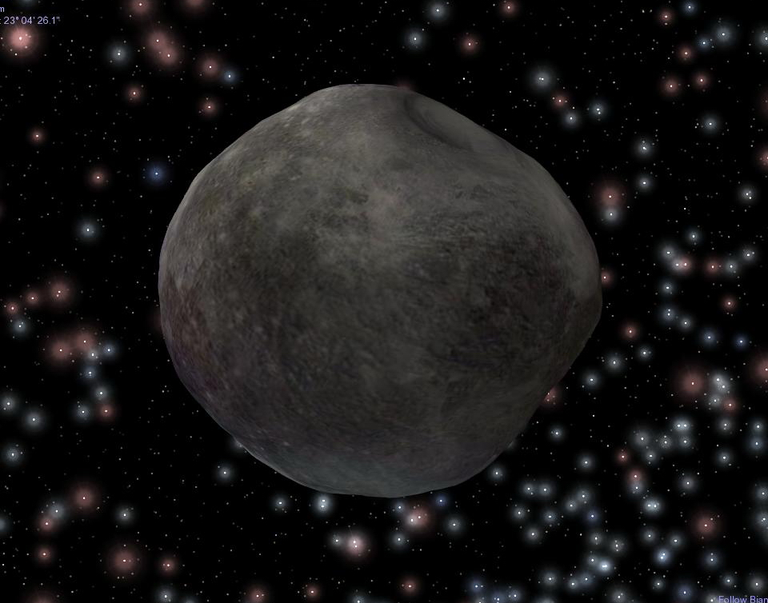
Colóquese sobre el mundo del gigante de gas de Júpiter y observe como sus grandes lunas pasan por delante del planeta, provocando eclipses en sus nubes listadas junto al Gran Punto Rojo.
Vuele mucho más allá de Saturno, acelere el tiempo y cuente sus numerosas lunas girando alrededor de su magnífico cuerpo anillado como perlas arremolinándose en un collar invisible. Observe también como una luna oculta a otra.
Siga el dramático encuentro de la nave espacial Cassini con Saturno en el 2004. Esté allí para ver la sonda Huygens separarse de la Cassini y caer hacia el misterioso Titán en enero de 2005.
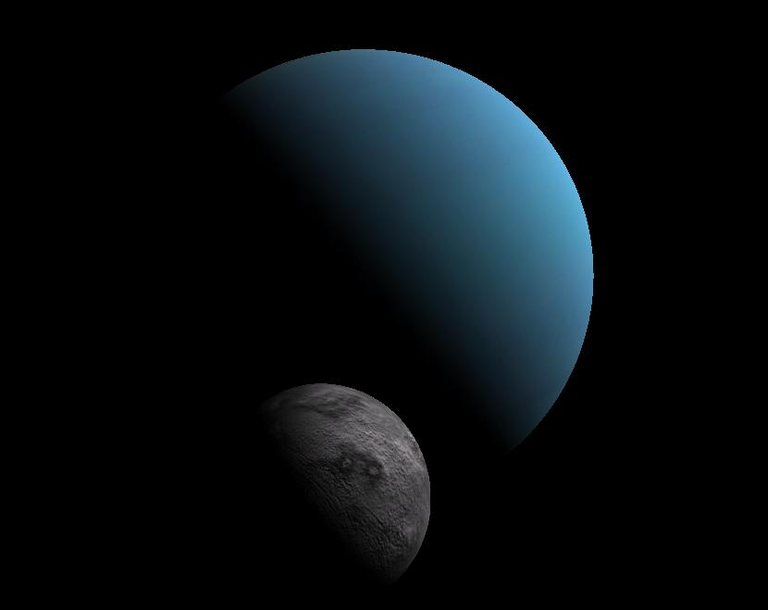
Viaje a la tierra congelada de Plutón y su luna Caronte e imagine su helada frialdad cuando la débil luz del Sol proyecta pálidas sombras a través de su superficie de hielo llena de cráteres.
Vaya tras el cometa Halley, retrase el reloj de Celestia y siga a este famoso cometa en su viaje por el interior del Sistema Solar, yendo más allá de la Tierra con su gaseosa cola azul fluyendo tras de él.
Visite el misterioso nuevo mundo de Sedna, un solitario cometa-asteroide lo bastante grande para ser considerado como planeta enano, descubierto orbitando alrededor del Sol más allá de Plutón. celestia phobos-mars.
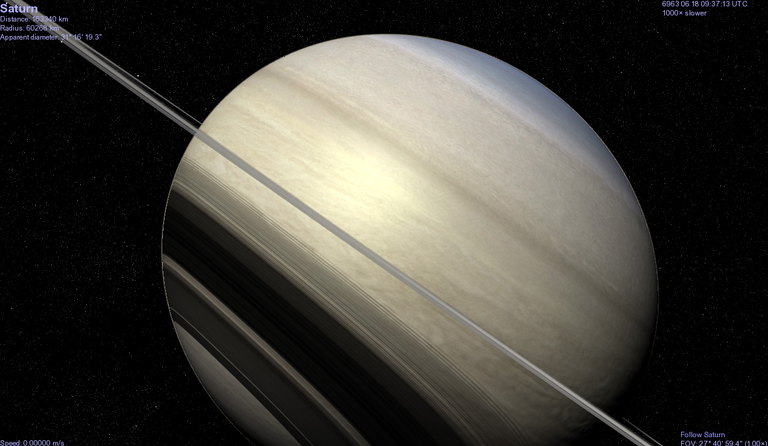
Fije la velocidad de su nave espacial y viaje de la superficie de la Tierra hasta la estación espacial internacional o al telescopio espacial Hubble. Pruebe sus habilidades encontrándose con ellos cuando orbitan alrededor de la Tierra cada 90 minutos.
Vuele hasta los mismos bordes de nuestra Sistema Solar, localice y siga tras de la Voyager 1 y 2 que aceleran más y más, lejos de sus creadores en la Tierra, dirigidos en un viaje sin retorno a través de la oscuridad del frío espacio hacia distantes estrellas que les llevarán millones de años de alcanzar.
Ponga su nave más rápida que la velocidad de la luz y vuele a Alfa Centauro A y B, a 4’3 años luz de la Tierra. Vea si puede encontrar a su compañera, la diminuta enana roja Próxima Centauri, la estrella más cercana a nuestro propio Sol, o escoja observar manchas solares que giran en cualquiera de los 2.000.000 de estrellas dibujadas por su ordenador en el universo de Celestia (para ver todas esas estrellas, se requiere un complemento aparte).
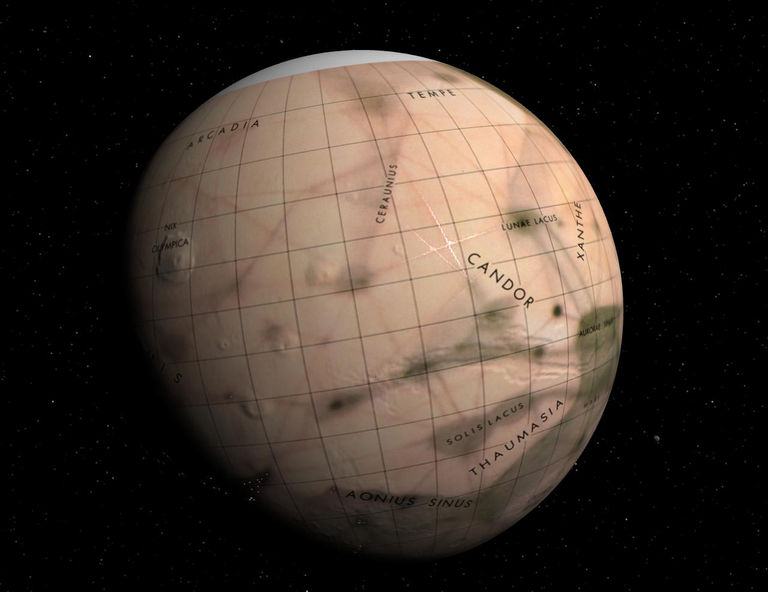
Descargue alguno de los muchos complementos disponibles para Celestia y su experiencia se llenará todavía de más maravillas.Visite la Discovery, la nave espacial de la película “2001, una Odisea en el Espacio”, oscura, abandonada y a la deriva en algún lugar en el espacio de Júpiter con la computadora de HAL dentro.
Viaje a los bordes de un enorme agujero negro que rota al igual que lo hace su compañero estelar.
Viaje al futuro de la Tierra y sea testigo del fin de nuestro planeta cuando un gigantesco Sol rojo hinchado la consume. Celestia_jupiter
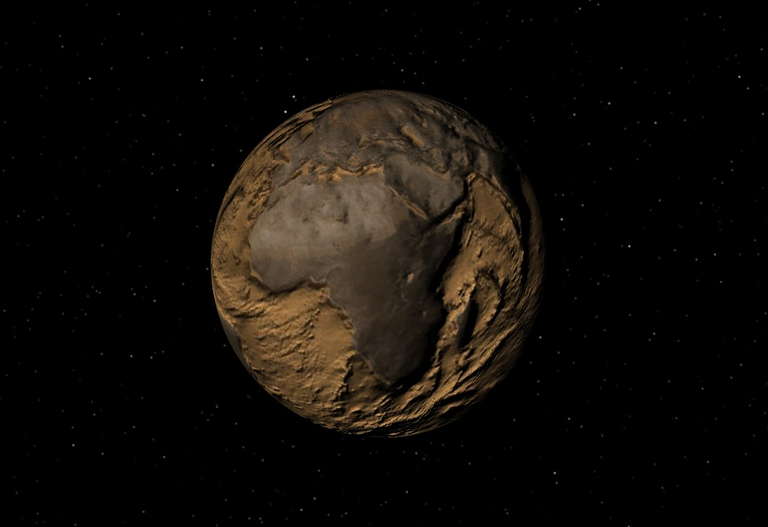
Presencie un púlsar empotrado al fondo de la Nebulosa del Cangrejo girando rápidamente cuando manda sus chorros gemelos de luz por el gas de la nebulosa.
Viaje atrás en el tiempo para presenciar una recreación de cómo era la Tierra hace millones de años. Esté allí cuando Orfeo, un planeta el tamaño de Marte, choca en ella, creando nuestra Luna y mandándola a una órbita dentro de unos pocos miles de kilómetros de la Tierra.
Viaje hasta el año 2800 para observar unos espejos gigantes que funden los casquetes polares de Marte y ayudan a dar características terrestres al planeta, convirtiéndolo en un verde mundo de agua, plantas y ciudades del futuro.
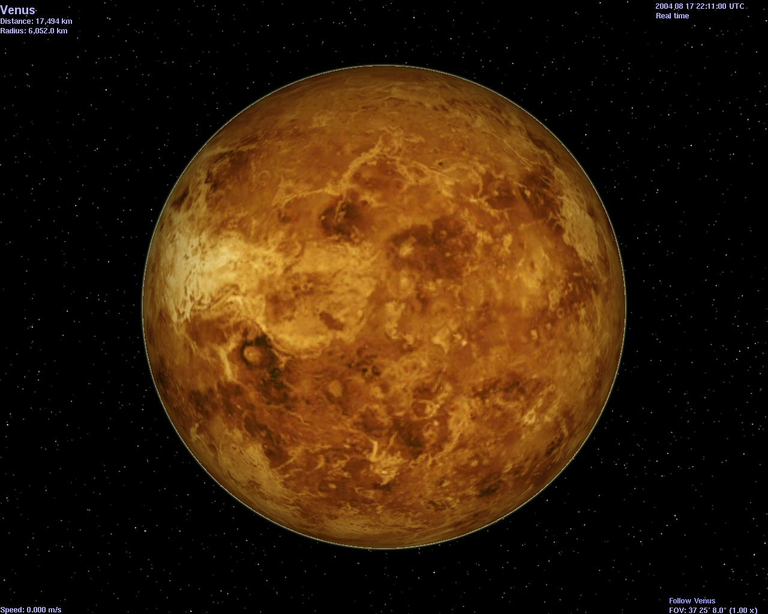
Déjese caer en la enorme rotatoria Estación Espacial V de la película, “2001 una Odisea del Espacio” en el año 2400 y vea si puede aterrizar su nave espacial “Celestia 1” en su cavernoso muelle de carga.
Viaje al futuro y presencie un enorme “Ascensor del Espacio” conectado por cable a la Tierra, miles de km abajo.
Visite exóticos y ficticios sistemas solares, complételo con colonias mineras orbitales, portales espacio-temporales, y cientos de planetas, lunas y naves espaciales.
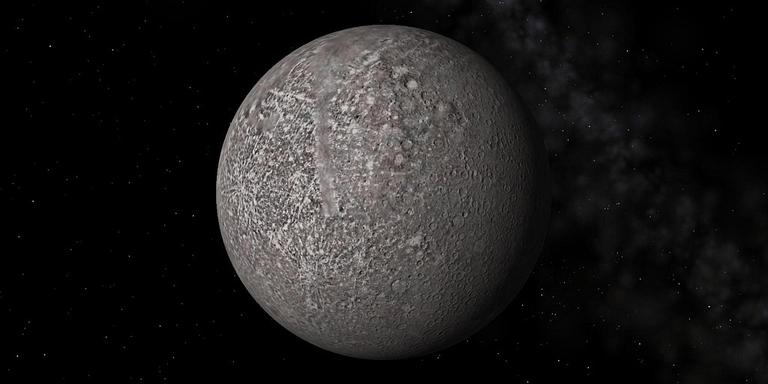
¿Es aficionado a la Guerra de las Galaxias? La comunidad de Celestia ha puesto a su disposición un completo sistema solar de la Guerra de las Galaxias para descargar. Orbite el planeta Tatooine y se asombrará del realismo de sus áridos desiertos.Viaje vía hipersalto al mundo de hielo, Hoth o al mundo verde de Endor, pero tenga cuidado con los rayos tractor. En algún lugar en ese sistema solar estará la gigantesca Estrella de la Muerte imperial, destellando como la luz del sistema del Sol amarillo que realmente refleja lejos su diabólica piel metálica como una inmensa Estrella Destructora y que vigilan guardias imperiales de elite.
Ataque a una flota entera de Cubos de Borg cuando mande el Enterprise E de EE.UU. de la serie StarTrek.
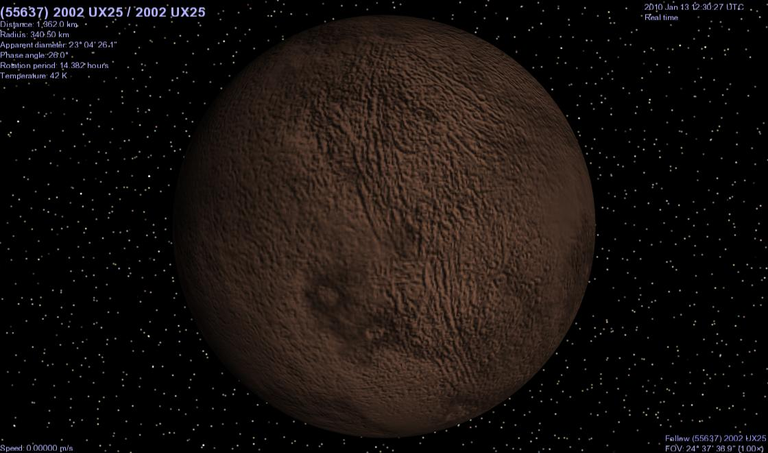
Source images / Fuente de las imágenes: Celestia.
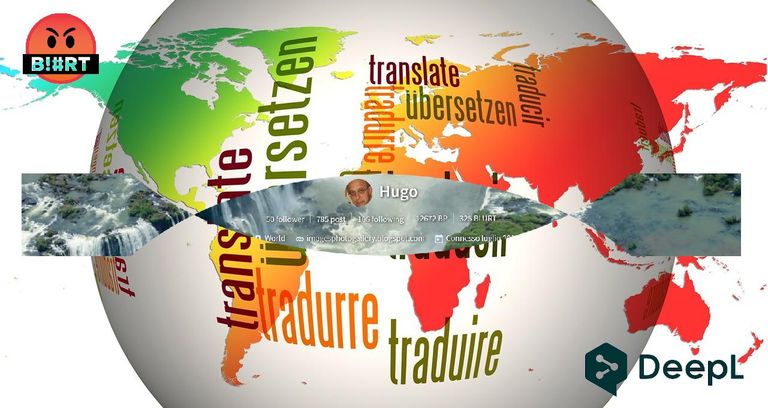


| Blogs, Sitios Web y Redes Sociales / Blogs, Webs & Social Networks | Plataformas de Contenidos/ Contents Platforms |
|---|---|
| Mi Blog / My Blog | Los Apuntes de Tux |
| Mi Blog / My Blog | El Mundo de Ubuntu |
| Mi Blog / My Blog | Nel Regno di Linux |
| Mi Blog / My Blog | Linuxlandit & The Conqueror Worm |
| Mi Blog / My Blog | Pianeta Ubuntu |
| Mi Blog / My Blog | Re Ubuntu |
| Mi Blog / My Blog | Nel Regno di Ubuntu |
| Red Social Twitter / Twitter Social Network | @hugorep |

| Blurt Official | Blurt.one | BeBlurt | Blurt Buzz |
|---|---|---|---|
 |  |  |  |

 |  | 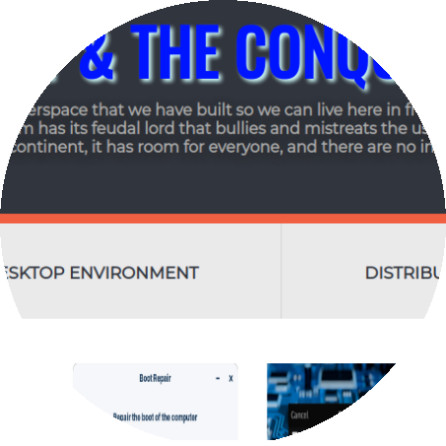 |  |
|---|

Excelente reseña del software de Celestia, uno de los software astronómicos de los varios que existen para plataformas abiertas, lo mismo es verdad de Stellarium, Cartes du Ciel y desde luego uno de los más antiguos Xephem que es mi favorito por cuestiones personales.
Un saludo desde Mérida, Yucatán, México la tierra de los Mayas.
Gracias por comentar y hacerte eco del software libre @cosmicboy123.
He usado con cierta frecuencia Celestia y Stellarium en años pasados. Los otros dos no los conozco. Voy a averiguar más sobre ellos.
Saludos.